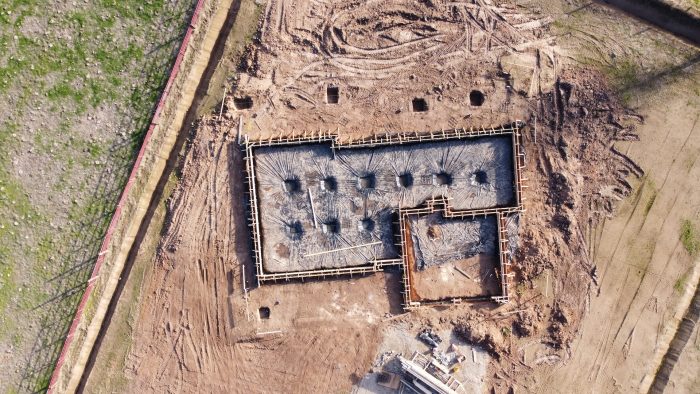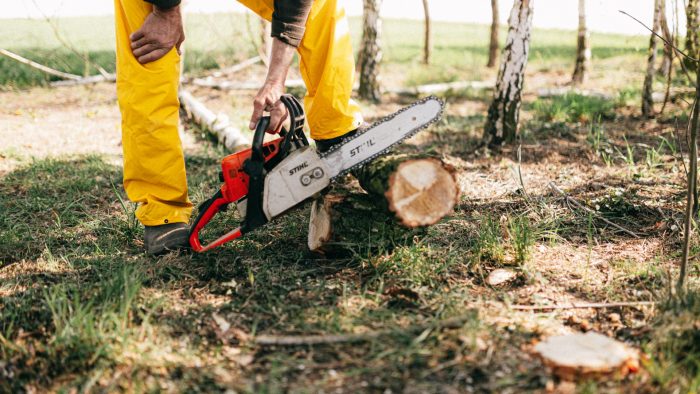Waterwatch is a water quality monitoring initiative established in 1992 through which people in the community are actively involved in monitoring the health of local waterways and catchments.
In the Adelaide and Mount Lofty Ranges region, Waterwatch was run by the Adelaide and Mount Lofty Ranges Natural Resources Management Board through the NRM Education program.
The Waterwatch program in the Adelaide and Mount Lofty Ranges region has now been replaced by the Engaging with Nature program, which expands upon the water monitoring activities to also include terrestrial monitoring and taking action components.
This website is currently only being maintained as a warehouse for the large range of historical resources that were developed to support the Waterwatch program. If updated or new resources are developed by the NRM Education program to support Engaging with Nature and other education and community action for sustainability, the old resources will be removed from this site. The new resources can be found on the main NRM Education website.
For more information about natural resources management in the Adelaide and Mount Lofty Ranges region, please visit the Adelaide and Mount Lofty Ranges Management Board website.
The Importance Of Wetlands
Wetlands are among the most important and productive ecosystems on Earth, providing habitat, water and an abundant food source for a diverse range of animals including birds, frogs, invertebrates and fish. Wetlands become refuge areas for plants and animals in times of drought and are nurseries for fish and migratory bird populations. As water travels slowly through a wetland, a number of different processes occur which help to improve water quality and the overall health of a catchment area.
In the past, most wetlands were viewed as wastelands and were often reclaimed for farming, housing and other land uses. Today we understand the vital functions of wetlands and better appreciate their environmental, social and economic value and significance. Governments and communities all over the world are involved in wetland management, conservation, restoration and construction projects.
Wetland environments have a variety of important functions in natural and urban areas including:
Wildlife supportapexisland
Water detention
Improving water quality
Flood control
Erosion control
Groundwater aquifer recharge
Coastal buffer zones
Natural fire breaks
Education
Eco–tourism
Recreation
Cultural significance
Significant Wetlands in South Australia
The Australian Conservation Council, in collaboration with Commonwealth and State Governments, created A Directory of Important Wetlands in Australia (1993). Of the 520 nationally important sites, 43 were in South Australia . By 2001 the directory expanded to recognise 851 wetlands, with 69 of those in South Australia . Other wetlands are being identified and added to the directory. To view sites or find out more go to: www.deh.gov.au/water/wetlands/database/index.html
In South Australia , the Department for Environment and Heritage and the Department of Water, Land and Biodiversity Conservation have developed the Wetland Strategy for South Australia (2003), which ‘provides a framework for promoting the health, diversity and productivity of our wetlands into the future.’ To find out more go to: www.environment.sa.gov.au/biodiversity/pdfs/wetlands/wetlands_strategy.pdf
Significant Wetlands around the World
The Ramsar Convention on Wetlands is an international treaty adopted in 1971 in Ramsar, Iran. Its broad aims are ‘to halt the worldwide loss of wetlands and to conserve, through wise use and management, those that remain’. There are currently 1369 wetlands around the world, protected by the Ramsar convention, and more are being added. To find out more about Ramsar sites in South Australia and worldwide go to: www.ramsar.org/
What is an aquatic macroinvertebrate?
Aquatic + Macro + Invertebrate = Aquatic Macroinvertebrate
Aquatic is another word for water. The macroinvertebrates in this section are the ones that spend some or all of their lives in fresh water. Macro means they are big enough to see with your eyes, and an invertebrate is an animal without a backbone. Some are soft and squishy, some have a hard skeleton on the outside of their body and others live in shells!
Aquatic macroinvertebrates range from insects and crustaceans to molluscs and worms, and are a vital part of the food chain in aquatic and terrestrial environments. They help to break down leaves, bark and twigs that fall into the water, and can even change their environments by moving soil, sand or pebbles around. Scientists can use the number and types of aquatic macroinvertebrates in a waterway to determine how healthy it is.
Native Vegetation
Understanding native vegetation
Concepts
Introduction to the descriptive terminology used for describing natural groupings of plants
Vegetation varies across area, contact us for the landscape design services.
Some plants will only grow in areas with specific conditions such as rainfall and soil type. More




